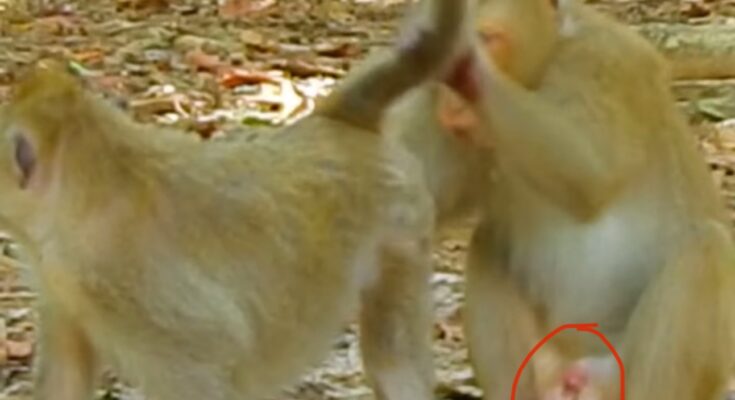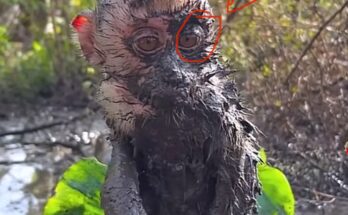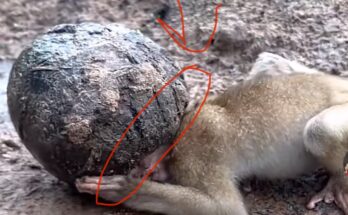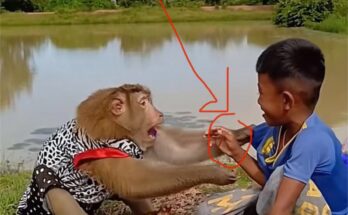The Life Cycle of Monkey Reproduction
Monkeys are among the most fascinating creatures in the animal kingdom, known for their intelligence, playful behavior, and strong social bonds. Behind their lively personalities lies a complex reproductive cycle that ensures the survival and continuation of their species. The life cycle of monkey reproduction involves several key stages—from courtship and mating to pregnancy, birth, and parental care—each playing a vital role in shaping the next generation.
Courtship and Mating Behavior
Monkeys exhibit diverse mating systems depending on their species. Some, like gibbons, are monogamous and form long-term pair bonds, while others, such as macaques and baboons, live in large social groups where multiple males and females interact. Courtship behaviors are often elaborate and can include vocal calls, grooming rituals, or physical displays to attract mates. Males may compete for the attention of females, using dominance displays or fighting to establish hierarchy. Females typically choose mates based on strength, health, and social status, ensuring that only the fittest genes are passed on.
The Reproductive Cycle and Gestation
Female monkeys experience regular reproductive cycles, similar to humans, which determine when they are fertile. During the fertile period, known as estrus, females may show physical signs such as swelling and color changes around the genital area. The timing of estrus helps synchronize mating within the group, increasing the likelihood of successful conception.
Once mating occurs, the gestation period varies among species. Smaller monkeys, like marmosets, may have a pregnancy lasting around 4 to 5 months, while larger species such as baboons or macaques carry their young for about 6 months. During pregnancy, the female’s behavior often changes—she may become less active and seek protection within the group. Social bonds among females can strengthen during this time, as they support each other through grooming and companionship.
Birth and Early Development
Monkey births usually occur at night or in secluded areas to minimize threats from predators. Mothers are highly protective of their newborns, carrying them constantly and ensuring they remain warm and safe. Newborn monkeys are dependent on their mothers for food and comfort, often clinging to her fur for the first few months of life.
Infant monkeys grow rapidly, learning essential skills such as climbing, grooming, and foraging by observing and imitating adults. Playtime is crucial during this stage—it not only helps them develop coordination and strength but also teaches social behaviors important for survival in group living.
Parental Care and Social Learning
Maternal care is the cornerstone of a monkey’s early life. In some species, fathers and other group members also participate in caregiving, a behavior known as alloparenting. Young monkeys remain close to their mothers for several years, gradually gaining independence as they mature. Social learning within the troop helps them understand hierarchy, communication, and cooperation, preparing them for adulthood and future reproduction.
The Cycle Continues
As monkeys reach sexual maturity, usually between three to five years of age depending on species, they begin their own reproductive journey. The continuous cycle of courtship, birth, and nurturing ensures the preservation of monkey populations and their complex social structures.
The life cycle of monkey reproduction reflects not only biological instincts but also the deep emotional and social connections that define these intelligent primates. Through this intricate process, nature maintains the balance and continuity of one of its most dynamic animal families.



